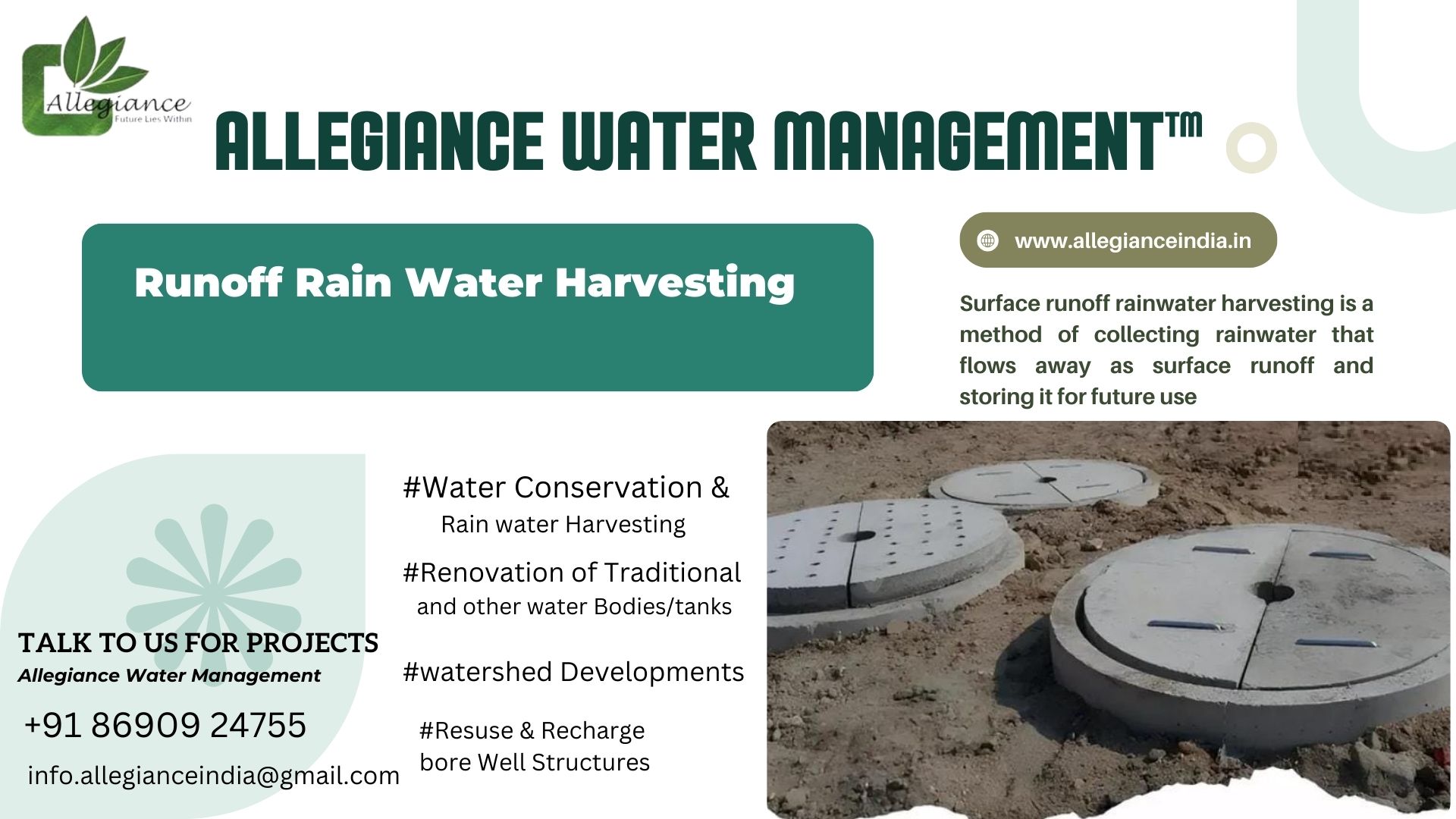‘V’ Wire Injection Well Technology to Recharge Groundwater Source: • The Rain Water is lead through water channel and first reaches the silt trap, which allows for silt to accumulate in the chamber. The overflow water is lead into the injection well, passing through multilayer’s of Filtration media placed at the top of the injection well. The water is accommodated in a specially designed storage well, which creates water column, injecting large quantities of water into the deeper layers of the semi impervious earth’s strata through the Non Clogging V-Wire screens attached to the specifically designed percolator pipe, placed to a depth of 30 meters below the ground. The water column and the dual V-Wire Screen allow for the water to reach the dry joints, cracks, aquifers and recharge the ground water source. • This technology does not employ moving parts; the assured life span of the material is a minimum of twenty years. The maintenance cost involves desalting of the silt trap and replacement of filtration media once in five years. • The technology was adaptable to harvest rain water, irrespective of the presence of any bore well in place and also irrespective of terrain. The technology gave maximum flexibility to be used either in low lying areas or in upland conditions. • All materials used in this Technology are eco-friendly and recyclable. • Technology works on the Gravitational Principal Geomorphic profiling through vertical electrical Sounding of the soil strata is done to ascertain enormous quantity of water, quickly penetrating the rainwater into groundwater source. • The Provisioning of silt Trap fitted with Horizontal V wire Screen Filter eliminated the need of periodic maintenance and also facilitating significant volumes of rainwater to get into the recharging well.
Send Message




